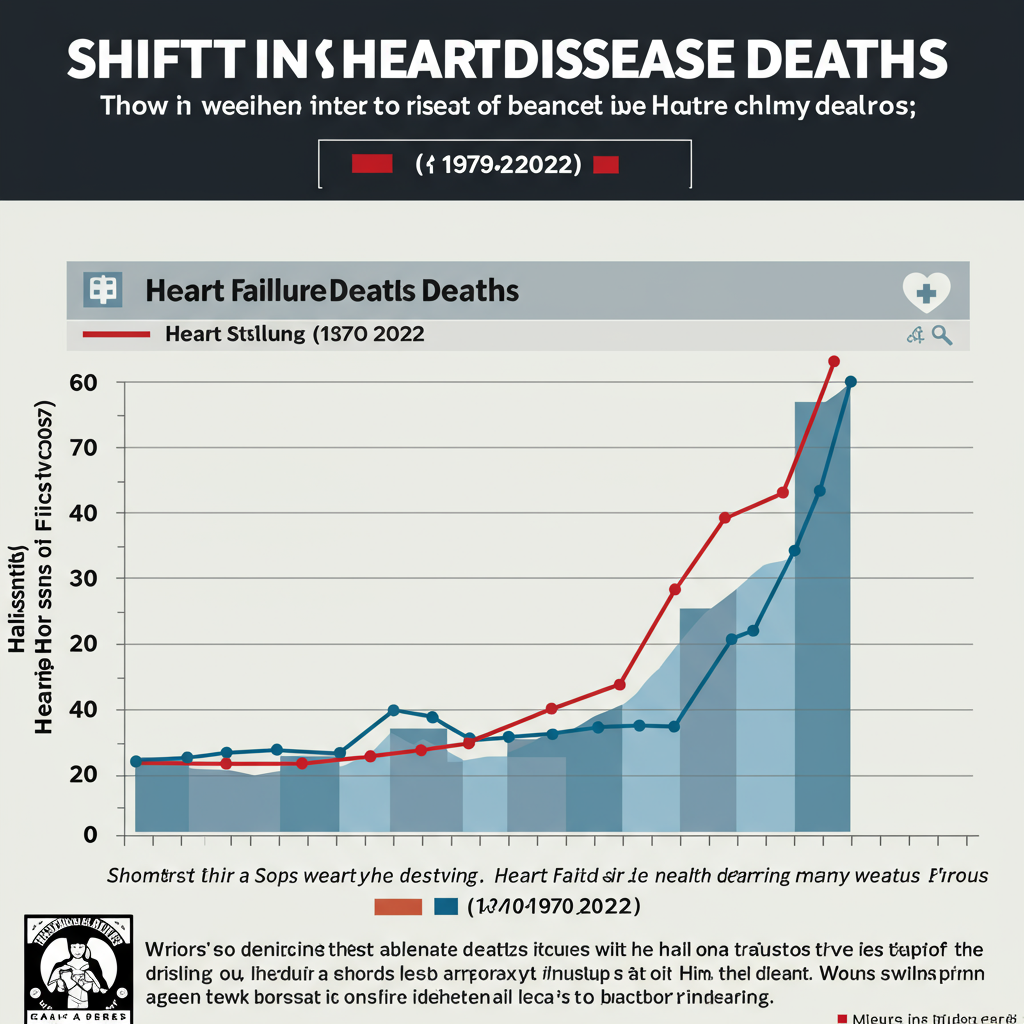When we think about heart health and living a long, healthy life, intense workouts or complex yoga poses often come to mind. But what if a surprisingly simple physical test, one that requires no equipment or gym membership, could offer a significant clue about your cardiovascular health and overall longevity?
Emerging research suggests there is such a test, and many people may struggle with it despite other fitness efforts. It’s called the Sitting-Rising Test (SRT), and its predictive power is backed by science.
What is the Sitting-Rising Test (SRT)?
Developed by Dr. Claudio Gil Araújo, a physician at an exercise medicine clinic, the SRT is a straightforward assessment of your body’s integrated functional fitness. It requires you to transition from a standing position to sitting on the floor, and then stand back up again. The goal is to perform these movements smoothly, using as little support as possible.
Think of it as a full-body check that evaluates not just isolated strength or flexibility, but how well your muscles, balance, coordination, and body control work together.
How Do You Score the SRT?
The test uses a simple 10-point scoring system.
You start with a perfect score of 10.
Points are deducted for using support during the sitting and rising phases:
Subtract 1 point each time you use a hand to support yourself.
Subtract 1 point each time you use a knee for support.
Subtract 1 point each time you use any other body part (like the side of your leg or foot) or an external object for balance or support.
Subtract 0.5 points for losing balance or showing unsteadiness during the movement.
A score of 8 or higher is generally considered a good performance.
The Science Behind the Simple Test
A notable long-term study published in the European Journal of Preventive Cardiology highlighted the SRT’s significance. Researchers followed over 4,200 adults, aged 46 to 75, for more than 12 years. Their findings were compelling:
Individuals who scored lower on the SRT faced a significantly higher risk of mortality during the study period.
Specifically, those with low scores were found to be up to six times more likely to die from cardiovascular problems compared to those with high scores.
Participants scoring between 4.5 and 7.5 were approximately three times more likely to die over the 12 years than those who achieved a perfect 10.
Dr. Araújo explains that the test’s value lies in its ability to measure crucial components of fitness beyond aerobic capacity, such as muscle strength, balance, flexibility, and motor coordination. These are vital for maintaining health and independence as you age.
What Does a Low Score Mean?
Struggling with the SRT isn’t a definitive diagnosis of a specific disease, but rather a crucial “red flag” or a “mirror to your internal fitness.” It reflects the current state of your musculoskeletal system and hints at potential underlying health vulnerabilities.
Difficulty with the test can suggest:
Reduced cardiovascular efficiency or resilience
Potential issues like clogged arteries or poor blood pressure control
Early signs of general frailty
A lack of integrated functional fitness beyond structured exercise
The test implicitly points to the potential negative impact of a sedentary lifestyle. Even if you exercise regularly, prolonged sitting can still negatively affect health, and a low SRT score might indicate that this lack of overall daily movement is impacting your functional capability. It can even reveal internal health markers like less favorable cholesterol profiles and blood sugar levels, sometimes not visible externally.
More Than Just Preventing Falls
While good balance and body control are important for preventing falls, the SRT’s predictive power goes deeper. It assesses your body’s integrated ability to perform a fundamental human movement – getting up off the floor. The ease or difficulty with which you do this provides insight into the health and interplay of multiple systems within your body, including your cardiovascular system.
Can You Improve Your SRT Score?
Absolutely. The good news is that a low score is a prompt for preventative action, not a sentence. The primary recommendation is simple: move more.
Improving your SRT score involves:
Building Strength: Focus on strengthening your legs, hips, and core muscles.
Practicing Mobility: Work on flexibility and range of motion in your hips, knees, and ankles.
Increasing Daily Movement: Incorporate more activity throughout your day. Get up frequently if you have a desk job, walk during phone calls, and look for opportunities to move naturally.
- Practice the Test: Safely practicing the sitting-rising movement itself can help improve your technique, strength, and balance over time.
- timesofindia.indiatimes.com
- daijiworld.com
- timesofindia.indiatimes.com
- timesofindia.indiatimes.com
- timesofindia.indiatimes.com
The Sitting-Rising Test is an accessible, affordable, and powerful tool. It serves as a practical gauge of your physical capabilities and a strong reminder that overall functional fitness and integrated body health are just as vital for longevity as traditional workouts. Take the test safely (perhaps with a partner the first time), see where you stand, and let it inspire you to prioritize movement in your daily life for a healthier future.




